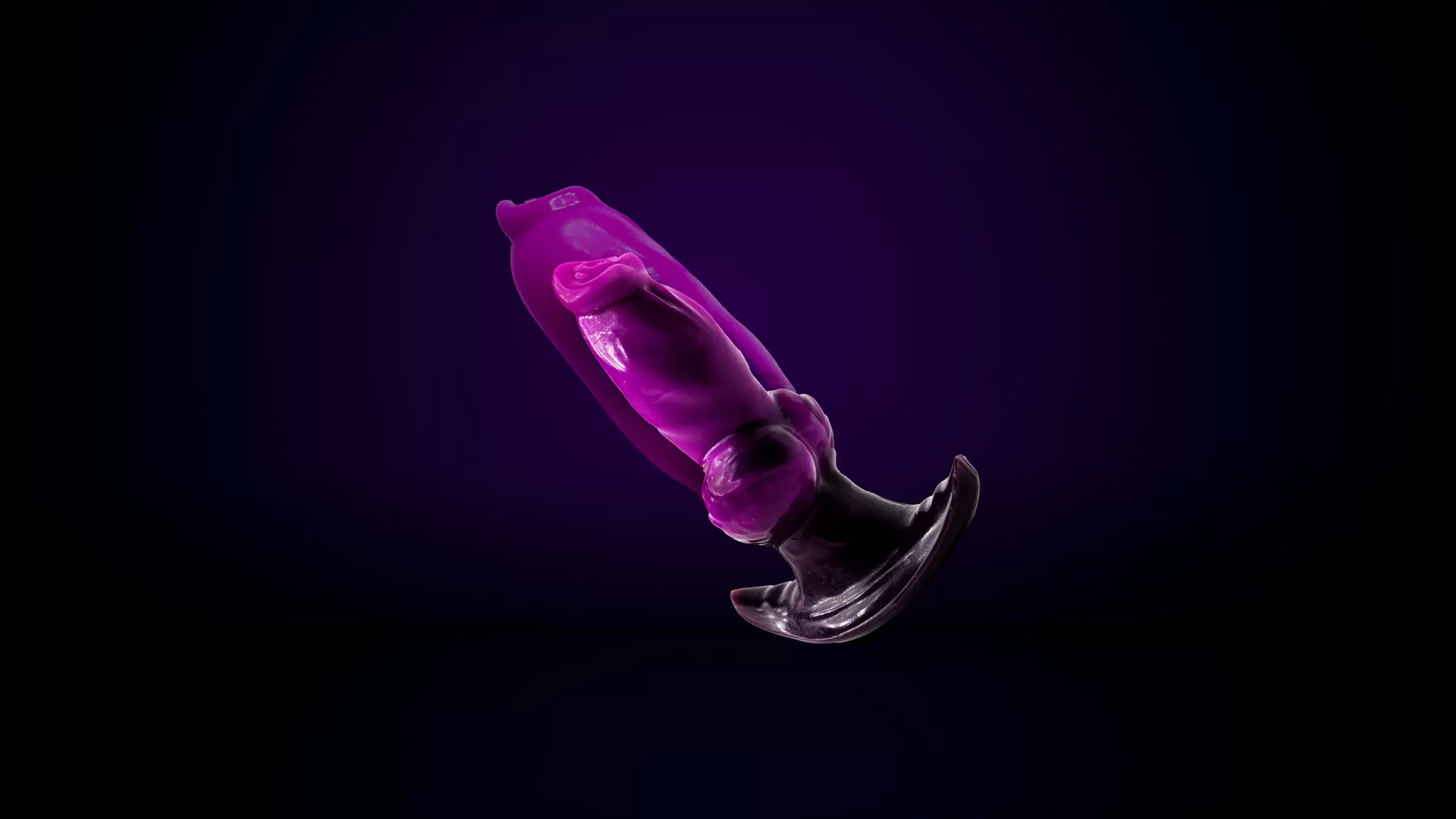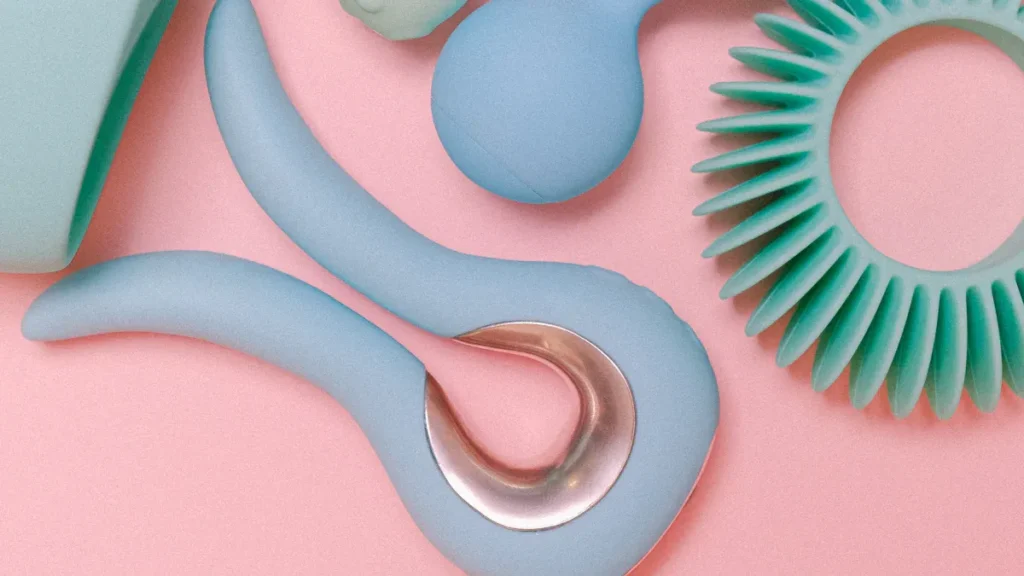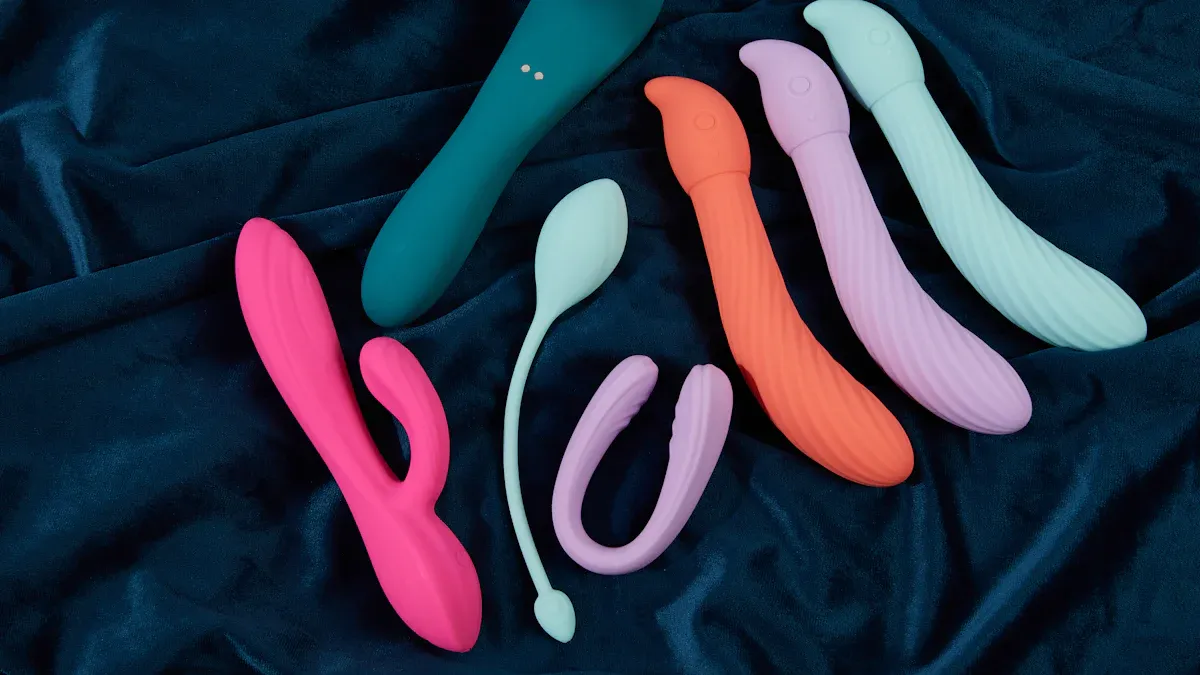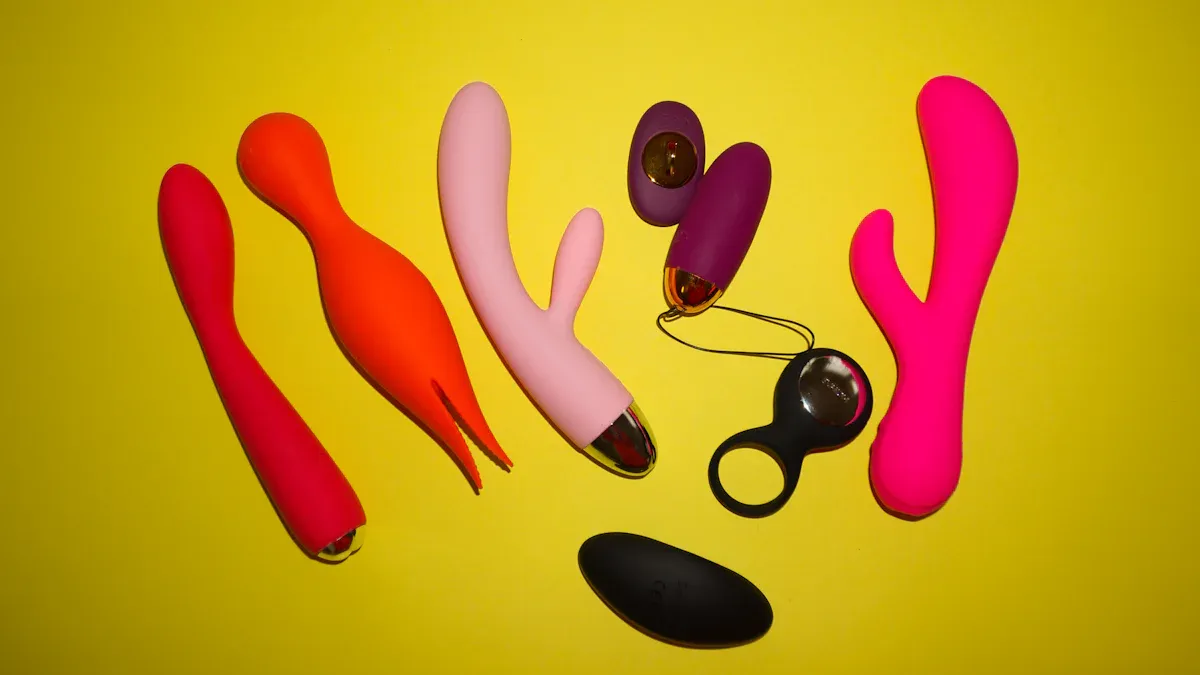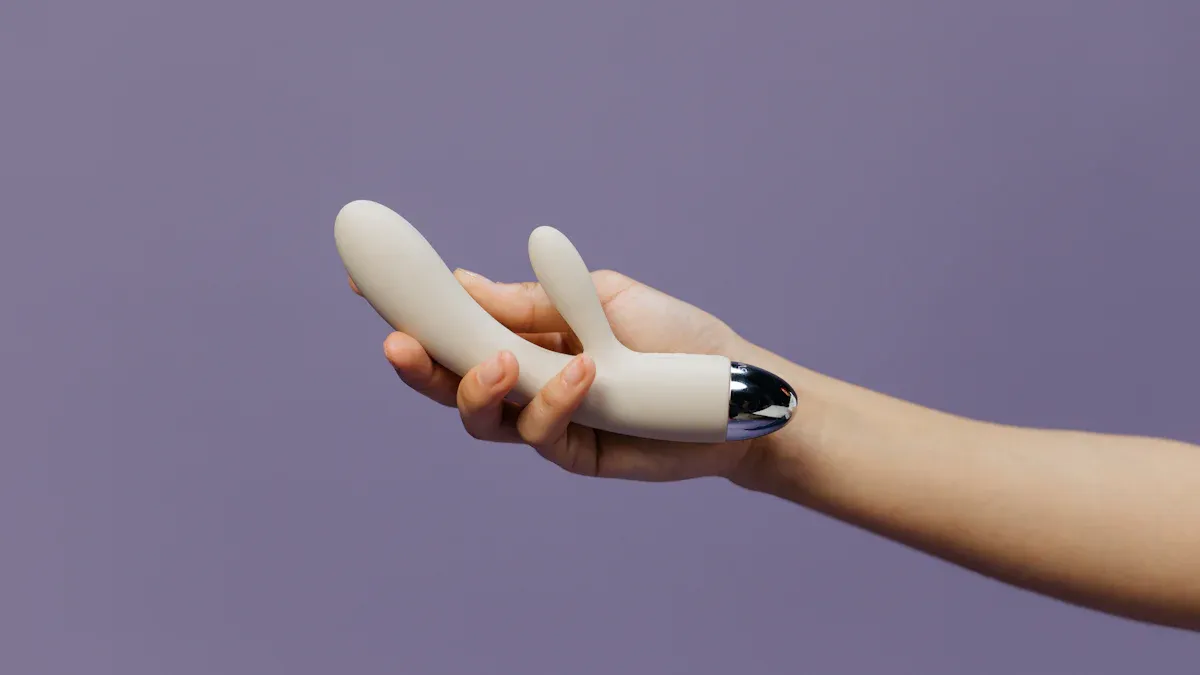Are PVC Dildos Safe for Your Health?
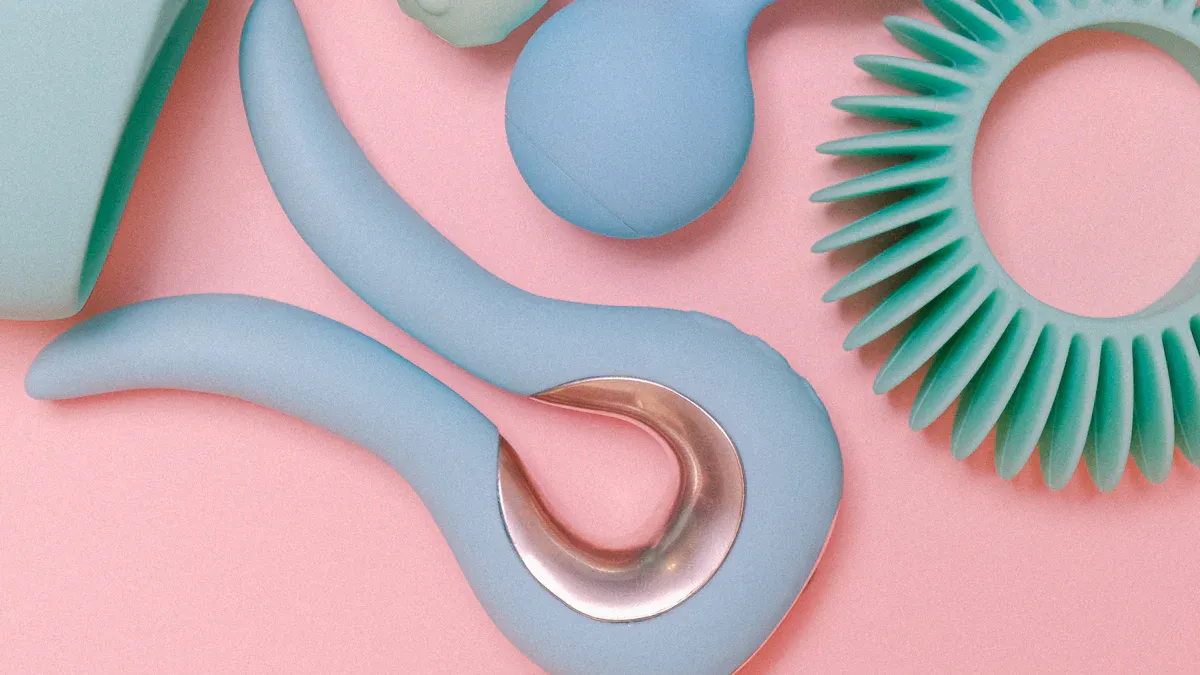
PVC dildos are very common. They are cheap and easy to find, but their safety is a concern. Some research shows PVC has vinyl chloride, a chemical that may cause cancer. Other chemicals, like phthalates, can affect growth and having kids. The problem gets worse because PVC is porous. This means clear dildos or squirting dildos made of PVC can hold bacteria, which makes cleaning hard. Even fun designs like banana dildos have these problems. Picking safer materials is always the best choice.
What Is PVC and Why Is It Used in Sex Toys?
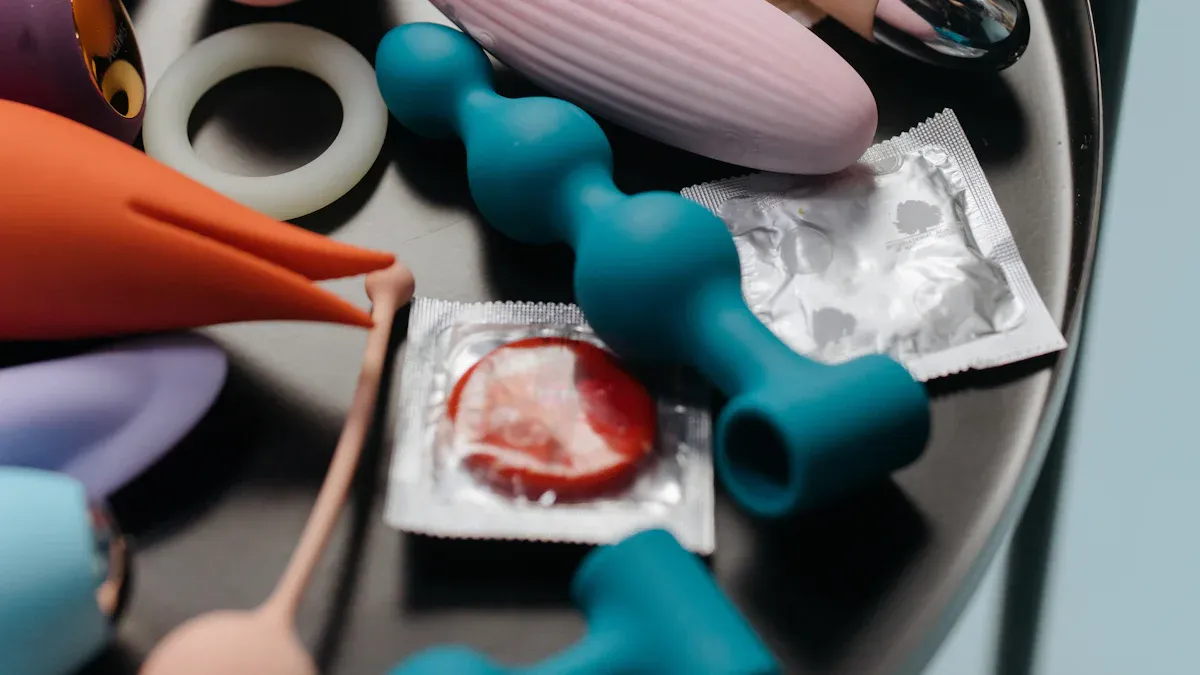
What Is PVC?
PVC stands for polyvinyl chloride, a type of plastic. It’s used in many products, including sex toys. PVC is made by linking vinyl chloride molecules into chains. This makes it strong, bendable, and cheap to make. To make PVC softer, chemicals like phthalates are added. These chemicals can leak out over time, which can be unsafe.
Here’s a table showing materials in different sex toys:
Toy Model | Material Used |
|---|---|
Anal Toy | Polyethylene Terephthalate (PET) |
Anal Beads | Polyvinyl Chloride (PVC) |
External Vibrator | Silicone Blend (Polydimethylsiloxane) |
Dual Vibrator | Rubber Mixture (Polyisoprene) |
As shown, PVC is often used in anal beads and other toys. It’s popular because it’s cheap and flexible. But its chemicals make people question if it’s safe for long-term use.
Why Is PVC Popular in Sex Toys?
PVC is popular because it’s affordable and easy to shape. It’s one of the cheapest materials, so companies like using it. Its flexibility allows for fun designs, like realistic or animal-shaped toys. PVC can also have different textures, giving users more options.
These features may seem great at first. But when I think about health risks, I prefer safer choices. Materials like silicone or glass cost more but are safer and last longer.
Health Risks of PVC Dildos
Porous Nature and Hygiene Concerns
PVC dildos have tiny holes on their surface. These holes make cleaning harder. Even after washing, germs can stay inside the pores. This can cause infections or skin irritation, especially with repeated use. Smooth materials like silicone or glass don’t have these problems.
If keeping toys clean is important, avoid porous ones. These materials can hold fluids, making them hard to fully clean. This is risky for people who share toys or use them for anal play. PVC is one material to skip if hygiene matters.
Tip: Use condoms with PVC dildos to lower germ risks. But choosing non-porous, phthalate-free materials is a safer choice.
Harmful Chemicals in PVC
PVC has harmful chemicals that can leak out over time. These chemicals can hurt your health. For example:
Trimethyltin and dimethyltin chloride can cause breathing problems and kidney damage.
Phthalates, used to make PVC bendable, are linked to cancer and fertility issues.
Bisphenol A (BPA) can harm the heart and cause reproductive problems.
Women who might have kids should avoid vinyl chloride, a key part of PVC. Studies show it may lead to birth defects or cancer later in life. This makes me wonder why PVC is still used when safer choices are available.
Long-Term Health Implications
Using PVC dildos for a long time can be harmful. Chemicals and tiny plastic pieces from PVC can enter the body. This can cause swelling and damage to cells. Over time, it may weaken the immune system and lead to health problems. Here’s a table with some research findings:
Study | Findings |
|---|---|
Review on PVC and health | PVC chemicals can cause swelling and cell damage. |
Review on PVC particles | Tiny PVC pieces can harm human cells and health. |
Safer materials like silicone, glass, or metal are better options. They don’t have harmful chemicals like phthalates or BPA. Switching to these materials can lower health risks.
Note: If you’re unsure about toy materials, avoid PVC and unsafe ones. Spending more on safer options is worth it for your health.
Safe Materials for Sex Toys
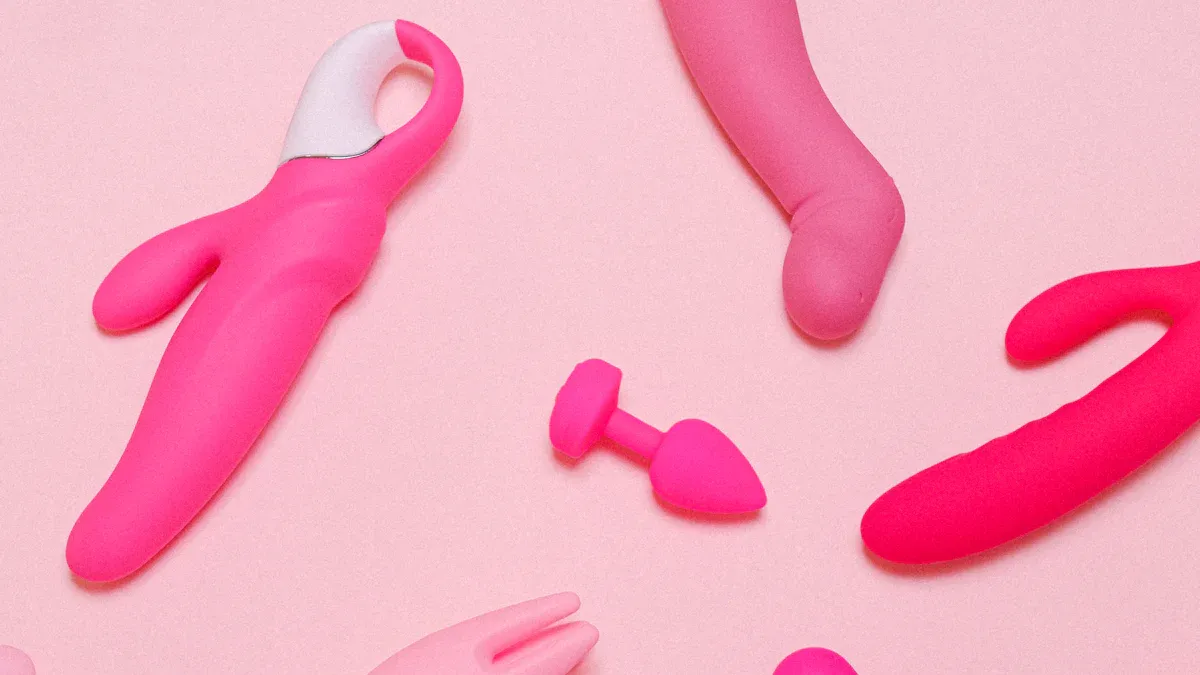
Silicone: A Safe and Reliable Choice
Silicone is one of the safest materials for toys. It’s non-toxic and gentle on sensitive skin. Medical-grade silicone is especially good for avoiding rashes or itching. Manufacturers use special methods to make sure it’s safe for the body.
Silicone feels soft and smooth, like real skin. It’s non-porous, so it doesn’t hold germs or liquids. Cleaning is simple—just use soap and water or boil it. Silicone is also BPA-free, so it won’t release harmful chemicals. While silicone toys cost more, they are worth it for safety and health.
Glass and Metal: Strong and Easy to Clean
Glass and metal are great for safe sex toys. They don’t absorb germs or fluids because they’re non-porous. Cleaning them is easy with soap, water, or disinfectant. Some people even use a dishwasher for convenience.
Glass toys are made from strong borosilicate glass. They don’t break easily and can be heated or cooled for fun. Metal toys, often stainless steel, are durable and feel heavy and fancy. Both materials are BPA-free and safe for the body. If you want something long-lasting, glass and metal are excellent choices.
Other Safe Materials to Consider
Other materials like hard plastics (ABS) are also safe. They are lightweight, non-porous, and BPA-free, making them good for beginners. Wood can be safe too if sealed with a non-toxic coating. It’s eco-friendly but less common.
Ceramic is another option. It’s non-porous and can have a smooth, glazed finish. Like glass, it works well for temperature play. Always check that ceramic toys are sealed properly to avoid risks. Picking non-toxic materials keeps your toys safe and clean.
Tip: Check labels to ensure toys are 100% body-safe. Look for terms like “medical-grade silicone” or “BPA-free” for better quality and safety.
How to Choose Body Safe Sex Toys
Identifying Safe Materials
The first thing to check is the toy’s material. Body-safe materials like silicone, glass, and stainless steel are great choices. These materials don’t hold germs or liquids, making them safer and easier to clean. Silicone feels soft and stretchy, giving a lifelike touch. Glass is smooth and can be warmed or cooled for fun. Stainless steel is strong and heavier for those who like weighty toys.
Factories test these materials to make sure they’re safe. They use machines to mimic years of use and check how toys perform in different conditions. This testing helps ensure the toy lasts and stays safe for your health.
If you’re unsure about a material, avoid toys that feel sticky or smell strange. These signs might mean harmful chemicals like phthalates are present. A simple checklist for safe toys includes choosing non-porous materials, skipping PVC, and looking for “body-safe” labels.
Checking Certifications and Labels
Certifications and labels help confirm a toy’s safety. Trusted companies follow strict rules to make sure their products are safe. For example, ASTM F963 checks toy safety, and ISO 3533:2021 sets rules for adult items. These certifications cover everything from materials to testing.
In the U.S., the FDA checks electronic sex toys to ensure they’re safe for sensitive areas. Labels like “medical-grade silicone” or “BPA-free” show the toy meets high standards. Always look for these terms before buying. Certifications not only prove safety but also show the company cares about quality.
Here’s a quick checklist for certifications:
Look for ASTM or ISO marks on the box.
Check for FDA approval, especially for electronic toys.
Avoid toys without clear safety labels.
Paying attention to these details helps you pick safe toys and avoid harmful ones.
Hygiene and Maintenance Tips
Keeping toys clean is very important for safety. Wash toys before and after each use to stop germs from growing. Non-porous materials like silicone, glass, and stainless steel are easier to clean. Use warm water and mild soap for most toys. Silicone toys can even be boiled for extra cleaning.
Here’s a table with hygiene tips:
Key Points | Description |
|---|---|
Toys must not harm human bodies | Use materials that are safe for the body. |
Toys should be simple to clean | Cleaning well keeps toys safe and usable. |
Workers must know current safety rules | Manufacturers should follow updated safety guidelines. |
For toys with motors, wipe them with a damp cloth. Store toys in a clean, dry place to keep them dust-free. Using a storage bag or box helps protect them.
If sharing toys or using them for anal play, always use condoms. This adds safety and makes cleaning easier. Following these tips keeps toys safe and helps them last longer.
Tip: Read the cleaning instructions from the maker. Using the wrong method can damage the toy or shorten its life.
PVC dildos can be harmful to your health. Their tiny holes hold germs, and chemicals like phthalates can leak out. Safer choices, such as silicone, glass, or metal, are better. These materials are easier to clean and last longer. Hospitals now avoid PVC products because of health risks. Safer options are non-toxic and more hygienic.
Reminder: Pick toys made from body-safe materials to stay healthy. Look for labels like “medical-grade silicone” or “BPA-free.”
Choosing safer materials helps protect your health and gives peace of mind.


